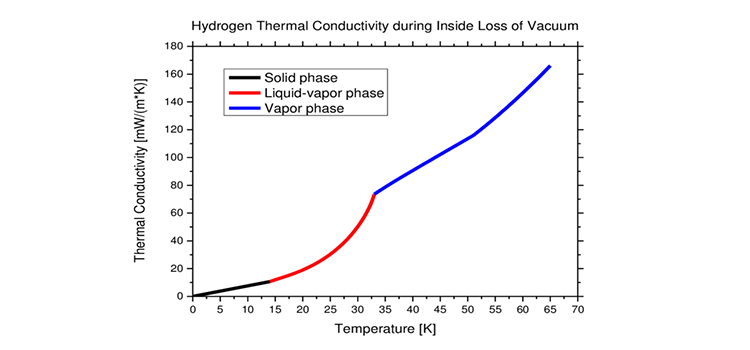Is Tungsten Conductive – Conductivity Explained
Tungsten may seem to be conductive, but it is not. This may surprise you considering how similar it is to carbon and how similar it appears to be. Many substances, in fact, appear to be conductive just by looking at them. However, they are not as conductive as they seem to be.
Tungsten, the element known as tungsten, has a wide range of industrial and manufacturing applications. However, it can also be utilized as an electrical conductor. The electrical conductivity of tungsten, where it comes from, and how it works are all explained here.
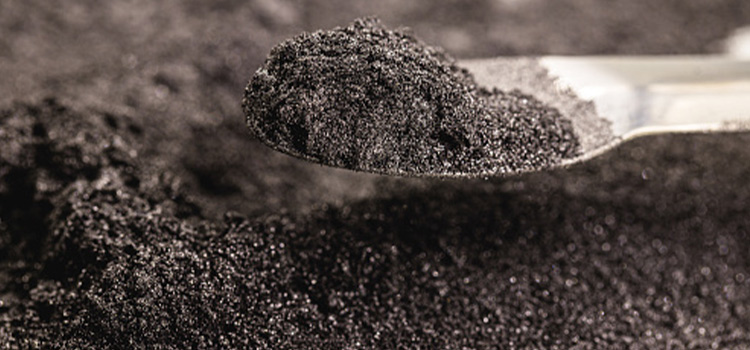
Conductivity of Tungsten
Before we can determine if tungsten is conductive, we must first understand conductivity. The ability of a material to conduct an electric current is known to as conductivity. A material’s ability to transmit electrons is needed for it to conduct electricity. Usually as a component of an ionic or covalent connection between two atoms.
A brief history of tungsten
Tungsten was discovered in Sweden in 1783 and named after the location where it was found. It’s about 74% heavier than lead and is used in everything from light bulb filaments to nuclear reactor parts. Tungsten is a silvery-white metal that is most typically used as a combination with nickel to manufacture permanent magnets such as those found in refrigerators and microwaves.
Properties of Tungsten
Although tungsten is not as conductive as gold, silver, or copper, it is still a good electrical conductor. Because tungsten has such a high melting point, common sense might lead you to believe such. It’s used in the production of high-temperature specific tools and industrial equipment. It wouldn’t be able to efficiently conduct electricity.
Uses of Tungsten
Tungsten is used in a variety of industrial applications in addition to jewelry. It’s found in light bulbs, flashlights, and high-temperature applications like lab instruments and appliances, for example. Because of its heat resistance, it’s also used to produce drilling bits and dental equipment.
Tungsten melting point
Tungsten is one of the few metals that melt above its boiling point. But that doesn’t mean that it conducts electricity. Pure tungsten will never be conductive, despite the fact that it belongs to the metals family.
When you look at its atomic structure, this makes sense. Tungsten is made up of crystals packed together to form a solid mass, similar to most metals. These crystals are so close together that they can’t go past one another to generate an electrical current.
Drawbacks
One of these is that tungsten is fragile and easily breaks when dropped. As a result, it’s not perfect for everyday use. Due of its high melting point (3422 degrees Fahrenheit), it’s tough to shape and form. Many people replace tungsten with metals that have similar qualities but are easier to deal with.
Frequently Asked Questions
Do tungsten rings conduct electricity?
Tungsten is a metal that is commonly used in jewelry, especially rings. While tungsten is known for its strength, some people may be curious if it can also conduct electricity. Yes, tungsten conducts electricity, but not as effectively as other metals such as copper.
Are tungsten rings safe for electricians?
When it comes to electricians and tungsten rings, there’s some debate about whether they’re safe to wear. It’s crucial to understand conductivity to determine how safe tungsten rings are for electricians. A material that is electrically conductive permits electricity and thus current to flow freely through it. There are two types of metals: those that allow free flow of electricity and those that don’t.
Are tungsten rings non-conductive?
Tungsten rings don’t conduct electricity. You’ve probably heard that they’re formed of tungsten carbide, but you might be surprised to know that carbide contains carbon. Carbon, in particular, is an excellent conductor of electricity. It’s actually one of four non-conductive elements typically utilized in alloys.
Why can electricians wear rings?
Even though it might be tempting to wear a ring on an electrical job site, you should definitely keep your hands clear of anything. In an accident, touching a live wire might cause electrocution. The human body is not electrically conductive enough to stop it. So if an electrician wears a ring, he could not only get shocked, but also lose a finger.
Last words
However, tungsten does not conduct electricity. In reality, it is categorized as an insulator because its atoms are too firmly bonded to allow free electron movement. Silver and copper are highly conductive due to their few impurities, although most metals aren’t good conductors.
Subscribe to our newsletter
& plug into
the world of circuits
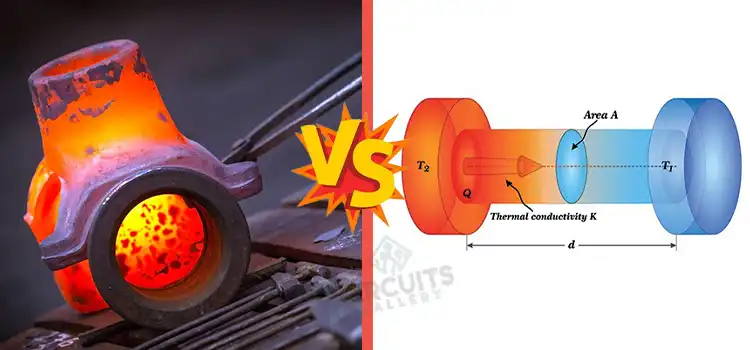
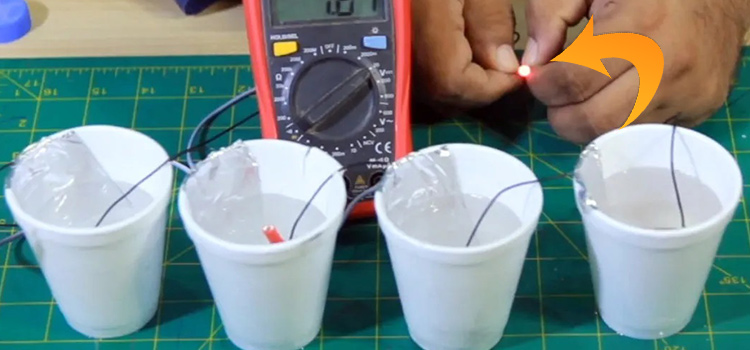
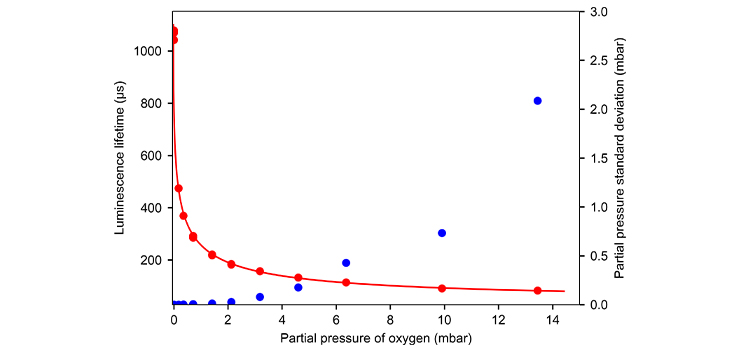
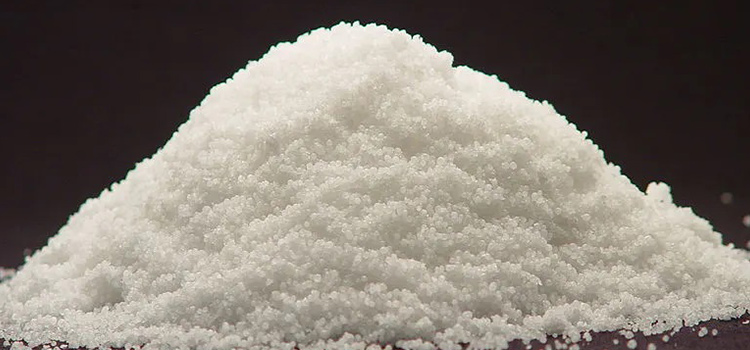
![Should There Be Continuity Between Neutral and Ground [Explaned]](https://www.circuitsgallery.com/wp-content/uploads/2023/02/Should-There-Be-Continuity-Between-Neutral-and-Ground.webp)
